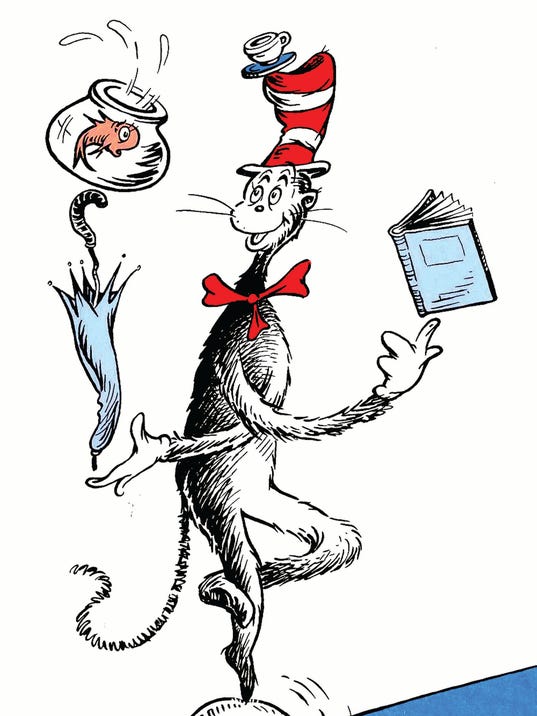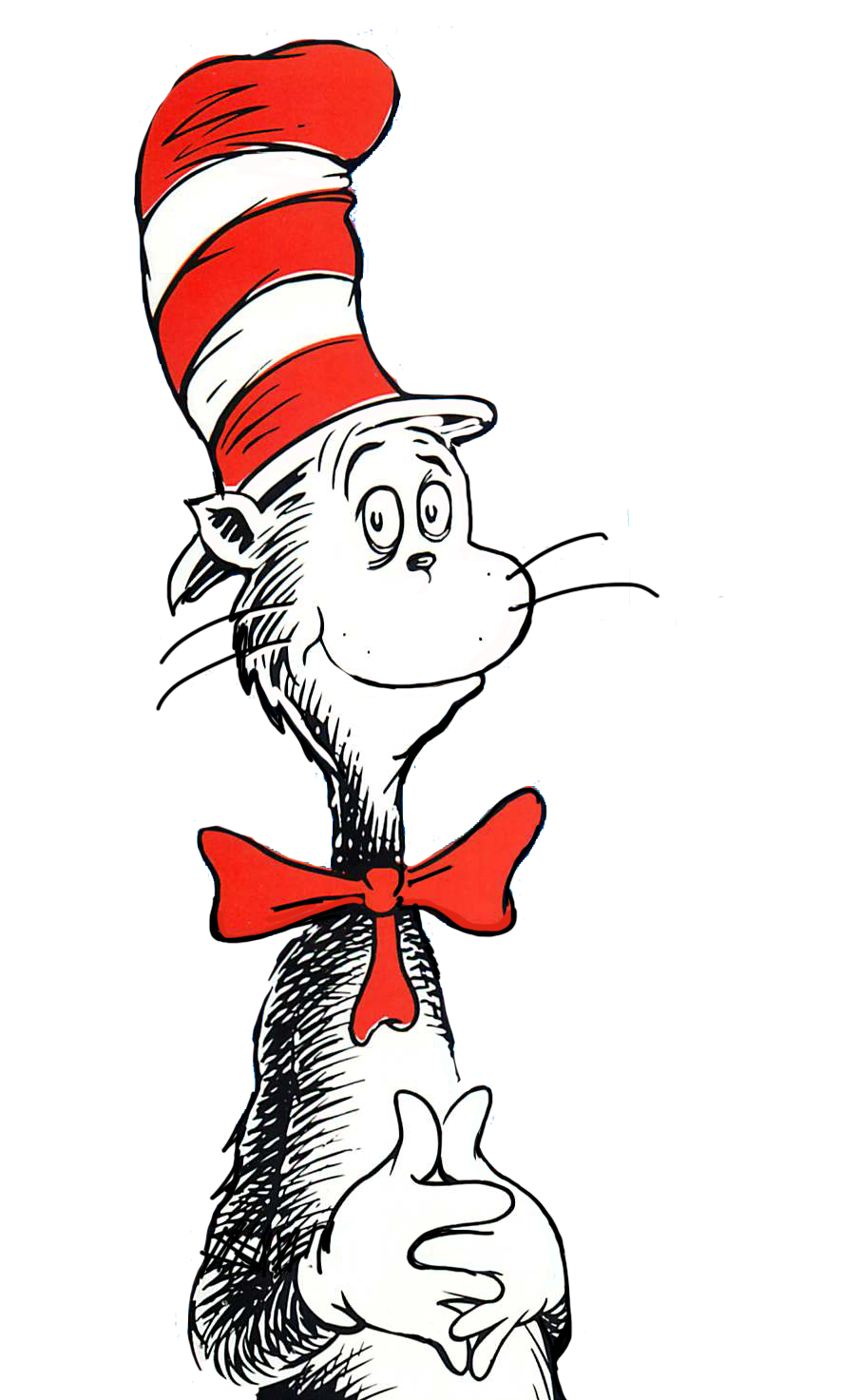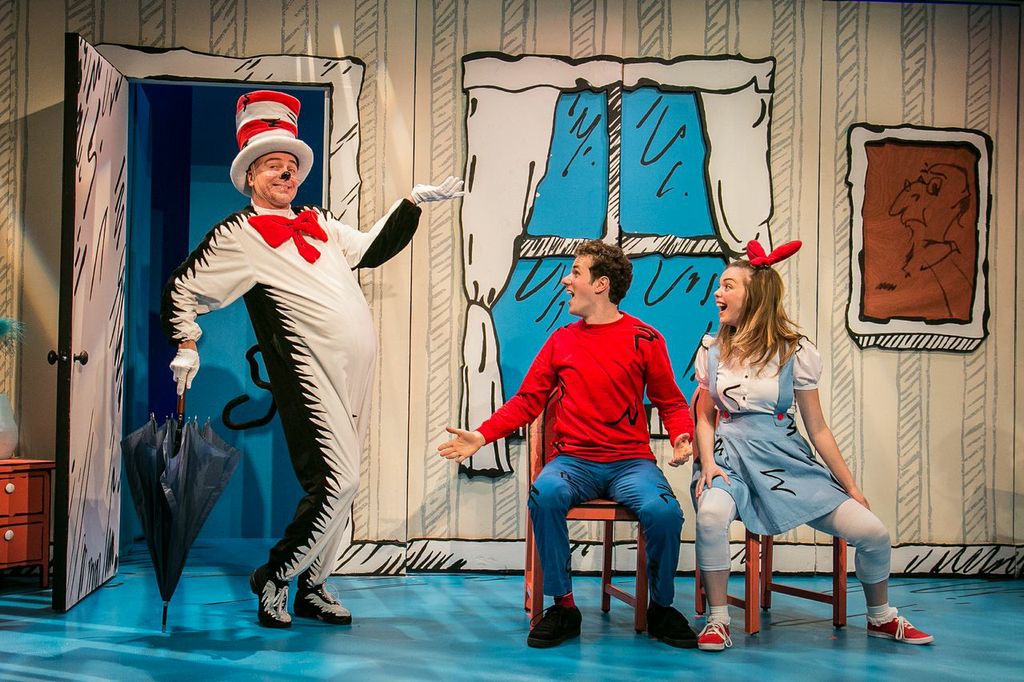
She points out that the Cat in the Hat, perhaps Seuss’ most famous character, is based on minstrel stereotypes. “In addition to how people of color are portrayed in his children's books through Orientalist and anti-Black stereotypes and caricatures, they are almost always presented as subservient, and peripheral to, the white characters," concludes Ishizuka in her study. The Cat in the Hat and blackface minstrelsy Ishizuka, who holds a Master’s degree in social work, conducted a critical race analysis of 50 children’s books by Seuss and found that 98 percent of the human characters were white, and only two percent were people of color. But what Ishizuka found even more troubling were racist images hidden in plain sight in Seuss’s popular picture books. She also pointed out images portraying Middle Eastern men as camel-riding sultans and women as hyper-sexualized harem dwellers. In March 2016, Ishizuka wrote a piece on the website Blavity about Seuss’ anti-Japanese cartoons, along with work that used the N-word and depicted blacks at a slave auction or rendered to resemble monkeys.

Thinking about how widely beloved and celebrated Seuss is as an author was another blow.” “This had real impact on my personal family. “My grandmother was fired from her job at Seattle schools then incarcerated,” she says. government to internment camps during World War II, was very upset. Ishizuka, whose grandparents and other relatives were sent by the U.S. student in education at the University of California at San Diego, home to the Theodor Seuss Geisel Library, where he first came across a collection of the cartoonist’s early work-World War II political cartoons, featuring slurs and racist drawings of Japanese Americans, portraying them as a danger to nation. Ishizuka and her husband, Ramon Stephens, founded the Conscious Kid Social Justice Library, a subscription service which sends its subscribers monthly shipments of titles featuring multicultural characters. Katie Ishizuka has been analyzing Seuss’ body of work for the past year. It’s a change resulting from both a heightened awareness of representation in kid lit, as well as growing scrutiny of racial imagery in the work of the beloved children’s book author.


But this fall, the biggest national literacy awareness program, sponsored by the National Education Association (NEA), will be shifting its focus toward a year-round promotion of diverse children’s books.

For 20 years, Read Across America has been synonymous with youngsters wearing red and white striped hats sitting down for story time on March 2, Dr.


 0 kommentar(er)
0 kommentar(er)
